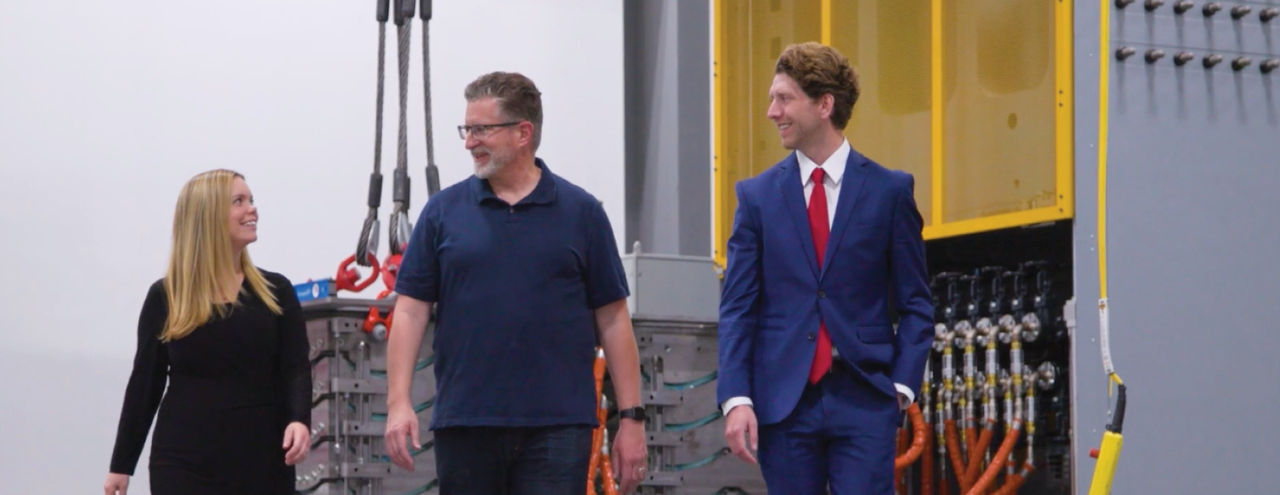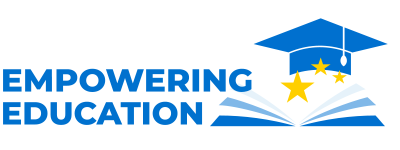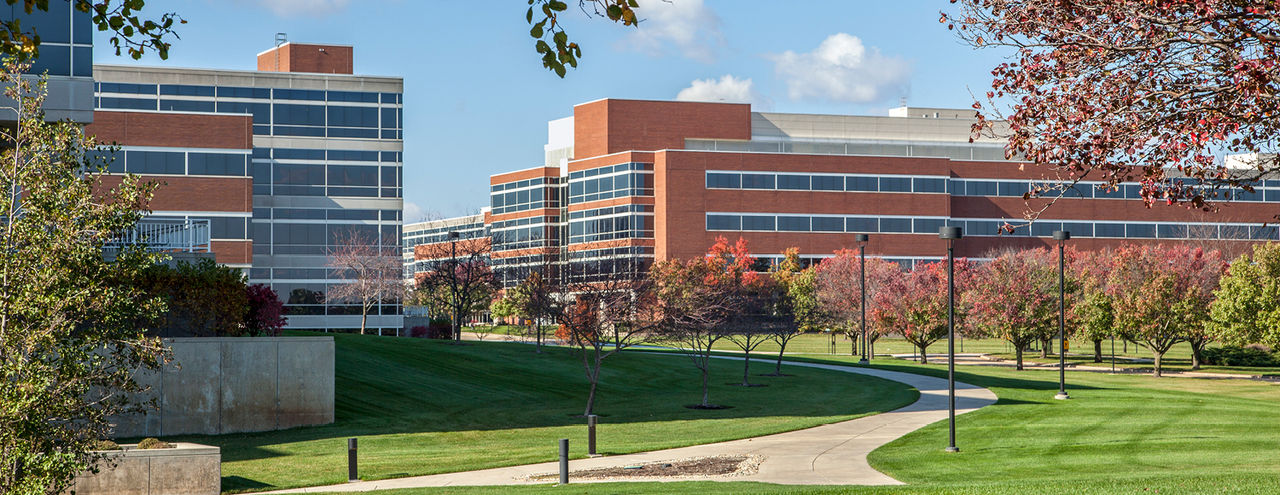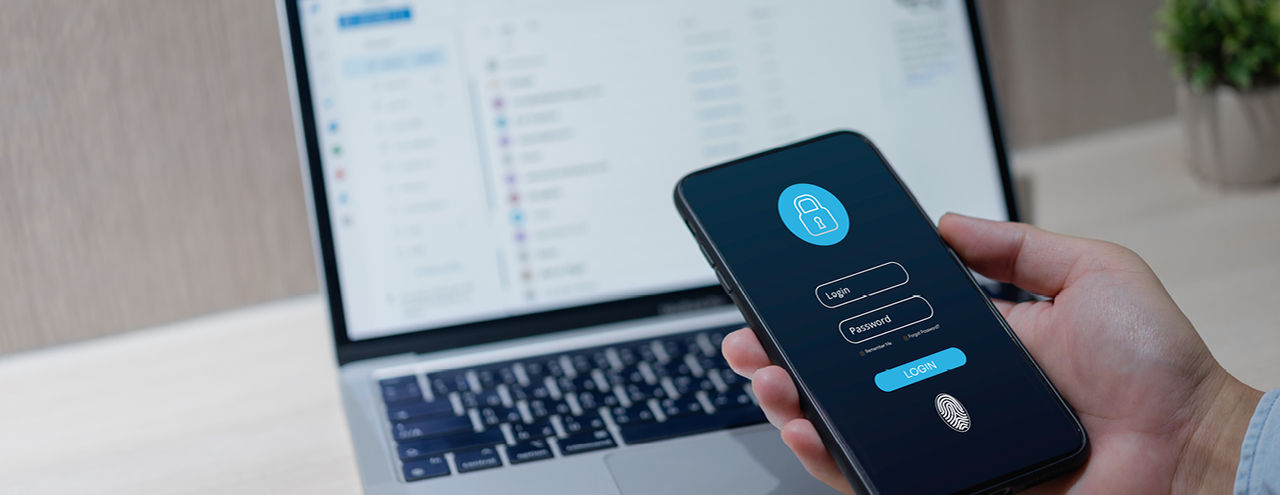For core facilities and research teams eager to begin collecting data, timing is everything. Traditional funding methods, particularly competitive grants like the NIH S10, often involve long application and review cycles that can delay equipment acquisition. To avoid slowing down research momentum, some institutions are exploring alternative funding models that allow for earlier access to instrumentation—even before securing external funding. This approach accelerates the acquisition of new instrumentation, allowing your team to start generating application-specific data and demonstrating early impact sooner.
Podcast Takeaways: 5 Ways Flexible Financing Can Empower Research Leaders
Core facilities can significantly enhance an institution’s research efforts, but managing them—especially from a financial perspective—can be complex and costly. As a result, research administrators, core directors, and department chairs are often seeking ways to preserve capital while continuing to invest in cutting-edge technology and initiatives.
On a recent episode of the Royal Academy of International Flow Cytometry Affairs podcast’s Tools of the Trade series, hosts David LeClerc of University of Chicago and Daniel Vocelle of Michigan State University sat down with First American to explore how flexible financing models are helping universities overcome procurement hurdles and accelerate discovery. Below, we unpack five key takeaways from their conversation—and why leasing could be the key to unlocking the full potential of your lab.
1. Accelerate Equipment Acquisitions
2. Overcome Budget Constraints
Research instrumentation comes with a high price tag, and not every institution has access to the capital required for large upfront purchases. Leasing offers an alternative that breaks down the total cost into predictable payments over time, helping institutions avoid these large one-time expenditures. This structured approach not only makes it easier to acquire high-end technology but also frees up budget that can be redirected toward other critical needs—whether that’s hiring staff, funding pilot programs, or maintaining existing infrastructure within the cores.
Harvard Center for Biological Imaging
Example1
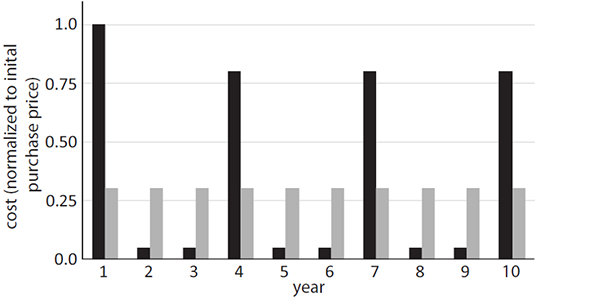
Ten-year cost comparison of purchase vs lease procurement.
Ten-year annual costs of a theoretical scientific instrument acquired by purchase (black bars) or lease (grey bars) with a 3-year refresh rate.
Lease costs are consistent year to year (30% of initial purchase price). Purchase costs include an outright instrument purchase (every 3 years), service/maintenance contracts (5% of initial purchase price) in non-purchase years, and a 20% trade-in discount on purchases after year 1. Costs are normalized to the initial purchase price of the instrument.
- All instruments under lease are replaced no sooner than 2 years, and no later than 3 years, after installation.
- Nearly 30 leased microscopes have passed through the HCBI since 2010
- User base has expanded from less than 200 to over 700 individual users per year.
3. Future-Proof Research with Equipment Refresh Cycles
With scientific innovation and technology moving at a rapid pace, research institutions must constantly evaluate whether their equipment is keeping up. Leasing supports regular equipment refresh cycles, allowing labs to stay at the forefront of technology without committing to outdated tools for the long term. By integrating refresh opportunities into a long-term acquisition strategy, universities can reduce their reliance on grant funding and instead build a consistent, operationally supported model that keeps their labs competitive and efficient.
4. Manage the Resale and End-of-Life Process
When a lab purchases equipment outright, it often inherits the burden of managing that instrument at the end of its useful life. Whether it’s finding a buyer, coordinating storage, or navigating resale restrictions, the process can be cumbersome. Leasing offers clear exit strategies at the end of a term—ranging from trade-in programs and buyback options to refurbishment or direct resale. In some cases, manufacturers are even willing to repurchase used equipment, giving institutions a clean and simple way to transition without adding administrative overhead.
5. Streamline Procurement and Financial Approval
Navigating internal procurement and finance processes is often one of the biggest roadblocks in research equipment acquisition A qualified lessor can help simplify this process by involving institutional stakeholders —from procurement officers to finance leaders—to align contracts with compliance, budgeting, and approval workflows. Engaging with leasing experts early on ensures that the financing structure supports your institution’s needs and shortens the path from ideation to implementation.
Rethinking Research Funding
Leasing is more than just a financial tool—it’s a strategic approach to research funding that helps maximize flexibility, preserve capital, and secure access to cutting-edge instrumentation. By leveraging financing, research institutions can build sustainable acquisition strategies, reduce reliance on federal grants, and maintain a competitive edge in their fields.
Interested in learning more? Explore how top R1 and R2 institutions across the country have financed their research instrumentation through First American.
Source:
- To buy or to lease, Science & Society, 2020

